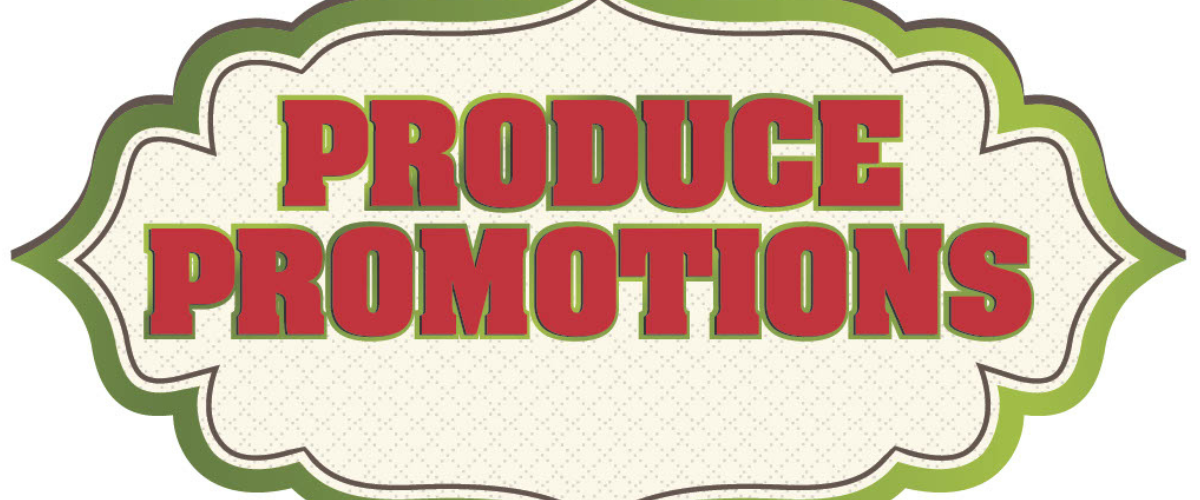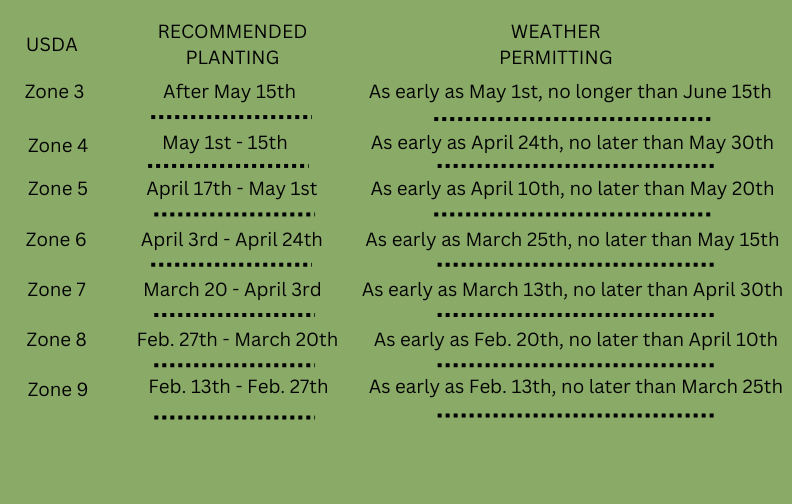| Quantity | Price |
| 1-9 | $11.50 |
| 10-29 | $10.50 |
| 30-99 | $10.00 |
| 100-199 | $9.50 |
| 200 + | $8.75 |
NC State University a late ripening rabbiteye cultivar with large, very good, firm power blue fruit. Hand harvest recommended for fresh market and U-pick markets. Upright vigorous growth with a height of 8-12 feet at maturity.





